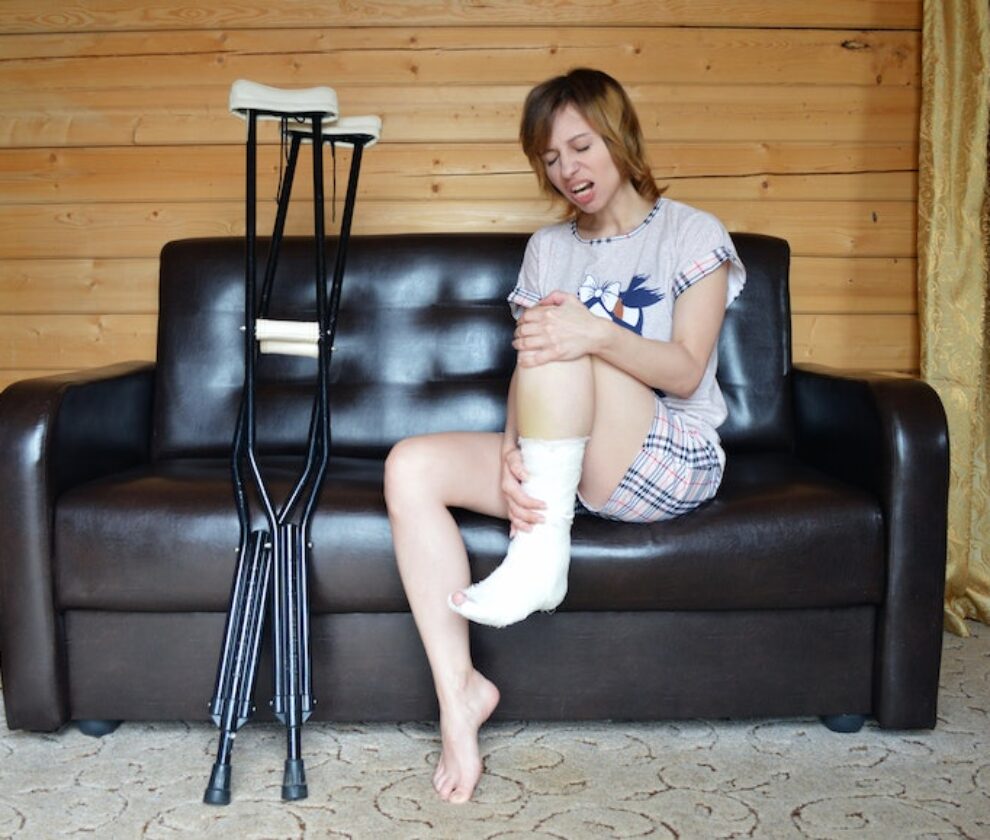
Know Pelvic Floor Therapy and its Benefits
What is the Pelvic Floor?
The pelvic floor is a group of muscles, ligaments, and connective tissue located in the pelvic area. These muscles and tissues are found in the lower region of the torso and play an important role in supporting the organs in the pelvis, including the bladder, uterus, prostate and rectum, as well as assisting in controlling bowel and bladder function.
Pelvic Floor Therapy explained
Pelvic floor therapy is a type of physiotherapy that focuses on addressing and correcting functional issues in the pelvic area. This type of therapy may be recommended for individuals who have conditions or injuries that affect the pelvic floor muscles, such as pelvic organ prolapse, incontinence, and pelvic pain. It may also be used to help individuals who are preparing for or recovering from childbirth, as the pelvic floor muscles can be affected by the physical stresses of pregnancy and childbirth.
Pelvic Floor Dysfunction (PFD)
The most common diagnosis for pelvic injuries is pelvic floor dysfunction (PFD), which occurs when the tissues of the area are too tight (high tone) or too loose (low tone). Both situations can greatly impact the quality of life, some symptoms include, lower back pain, the feeling of incomplete stool excretion, leaking of urine/stool and abnormal pain during intercourse. In men, it can also result in difficulty maintaining an erection and, in women, heavy bleeding during menstruation. This condition is far more prevalent in women, statistics have shown that 1 in 3 women will experience some form of pelvic floor dysfunction, meanwhile the incidence for men is 16%.
Benefits of Pelvic Floor therapy
Control
If you are experiencing any type of pain or a specific condition in the pelvic area, physiotherapy can help. With various treatment styles, there are several benefits to pelvic floor therapy, which includes improved bladder and bowel control. It can also help to strengthen the muscles that control urination and defecation, which can help to reduce incontinence and improve bowel and bladder control.
Reduced Pain
Treatment can also help to reduce pain, whether in the lower back, anywhere in the pelvic region, or pain caused by conditions due to hormonal imbalances. For example, pelvic organ prolapse or endometriosis.
Reduce the risk of prolapse
Another benefit for pelvic floor therapy is to reduce the risk of uterine or rectal prolapse secondary to the weakness of pelvic musculature. Pelvic floor muscle weakness can happen due to multiple reasons like menopause, surgery, loss of strength in connective tissues due to aging. Improving the function of the pelvic floor girdle can help you to reduce the risk of any such complications mentioned above.
Postpartum rehab
For all the mommas out there who were sent home without a postpartum rehab plan, pelvic floor therapy can help to strengthen and restore the muscles in the pelvic region after pregnancy and childbirth. Which can aid in the recovery process and reduce the risk of incontinence and other complications down the line.
Pelvic Floor treatment
Physiotherapy is the safest method of treatment for pelvic floor conditions and has shown great benefits. Treatment may involve a variety of techniques, including manual therapy, exercise therapy, and electrotherapy. It may also involve self-care techniques and education on maintaining good pelvic health. Along with a full plan to correct the condition and guidance on how to perform exercises to strengthen the pelvic floor and supporting muscles as well.
At Magnus Rehab
Pelvic floor therapy is performed by a physiotherapist who has specialized training and experience in this area. It is typically done in a private treatment room and may involve the use of a mirror to help the individual visualize and understand the muscles being targeted. Here at Magnus Rehab in Brampton, our physiotherapist is very well versed in the treatment of various pelvic floor conditions and works hard to ensure the patient feels comfortable during each session.
With time and proper attention, pelvic floor therapy can easily be treated. Our team works with the patient to create a personalized treatment plan that is targeted to their specific needs and goals. Overall, pelvic floor therapy is a safe and effective treatment option that can help to improve function, reduce pain and discomfort, and enhance overall well-being.



